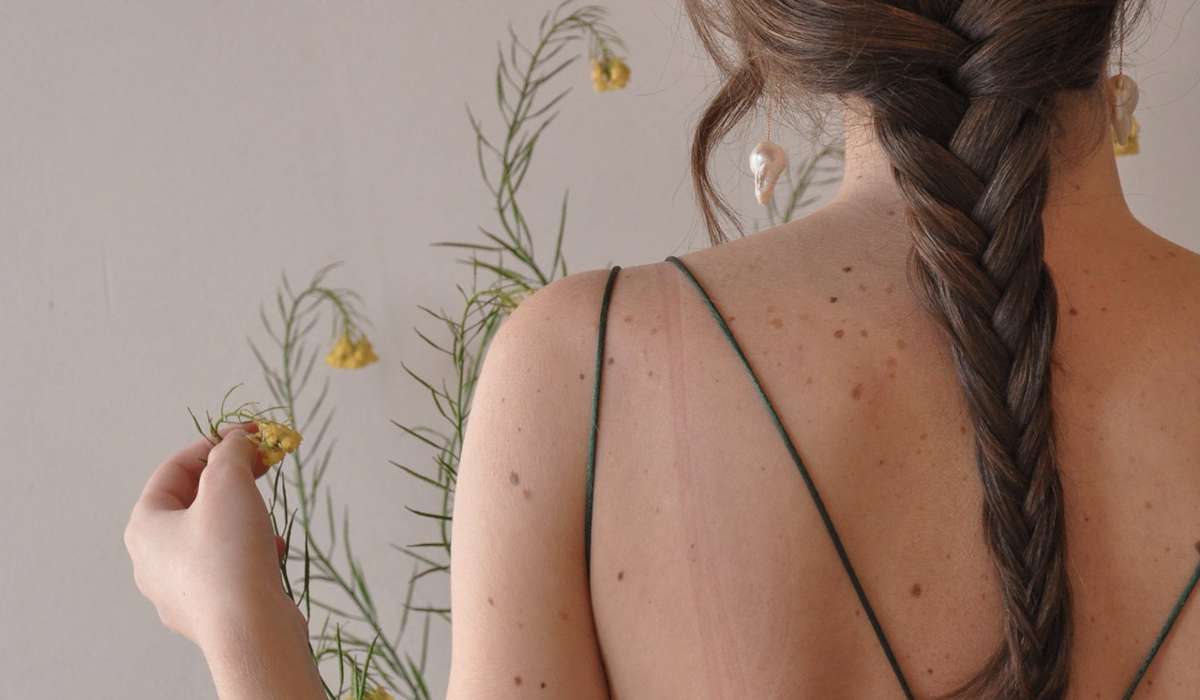
What are birthmarks?
Birthmarks, as the name suggests, are discoloration spots on the skin that appear at birth and typically last a lifetime. They can be brown, red, pink, or purple patches of varying sizes. Any part of the body can have birthmarks. What causes birthmarks?
Vascular birthmarks, which are usually red, pink or purple in colour, are caused by an abnormality in the skin’s blood vessels. Brown pigmented birthmarks are usually caused by clusters of melanin (pigment) in the skin.
Natural birthmark removal methods
Applying olive oil or lemon juice to the area with the birthmark is a common natural treatment. Lemon juice has long been used to lighten hair and fade freckles. Dab a few drops of lemon juice on the birthmark, leave it for at least 20 minutes, wash it off with warm water and then dry your skin off with a clean towel. This should be done at least three times per day until the birthmark disappears. Olive oil is a natural moisturizer that can be applied to dry, rough-textured areas of the skin to soften and condition them. Not only is it a great ingredient for keeping your skin healthy, some suggest it can be used as a natural remedy to help improve the appearance of your birthmark with continual use. Follow the same process as the lemon juice example above.
Types of birthmarks
Port wine stain (capillary malformation birthmarks)
Port wine stain birthmarks appear as wine-coloured patches on the skin. They can range in size and are brought on by abnormal blood vessels. They most commonly occur on the face, back and chest, but can appear anywhere on the body. The majority of birthmarks with port wine stains are permanent and may become more noticeable over time.
Salmon patch birthmarks
Salmon patches are the most common type of vascular birthmark. They appear as faint pink or red patches usually on a baby’s face or neck after birth. Salmon patches tend to fade after a few months, but some may take a few years to disappear completely.
Strawberry marks (infantile haemangiomas)
Strawberry marks are raised, mole-like, pink, red or purple birthmarks. They get their name because of their texture and colour. They are relatively common, affecting around 5% of newborn babies.
They usually disappear by the time the child reaches the age of seven, but will first become bigger before they shrink and eventually fade away completely. Some strawberry marks may require treatment; speak to a GP if you are concerned.
Cafe-au-lait spots
Café-au-lait spots are pale, flat coffee-coloured patches of skin. Like most birthmarks, they are harmless, but if a child has more than six of these marks before they reach the age of five years old, it might be a symptom of a genetic condition called neurofibromatosis. If you’re worried, see your doctor. Mongolian locations Mongolian spots are a bluish grey in colour, a bit like a bruise. They are most common in babies with darker skin tones and are usually found on the back or buttocks. These coloured marks usually disappear with time, usually before the child turns four.
Congenital moles
Congenital moles also referred to as congenital melanocytic naevi, are large black or brown marks which are present from birth. They are caused by clusters of melanin beneath the surface of the skin and are quite common.
They can become raised or hairy with time and may change colour during hormonal changes, such as during puberty.
If you are concerned that your congenital moles have changed shape or colour, consult a dermatologist or your GP.
